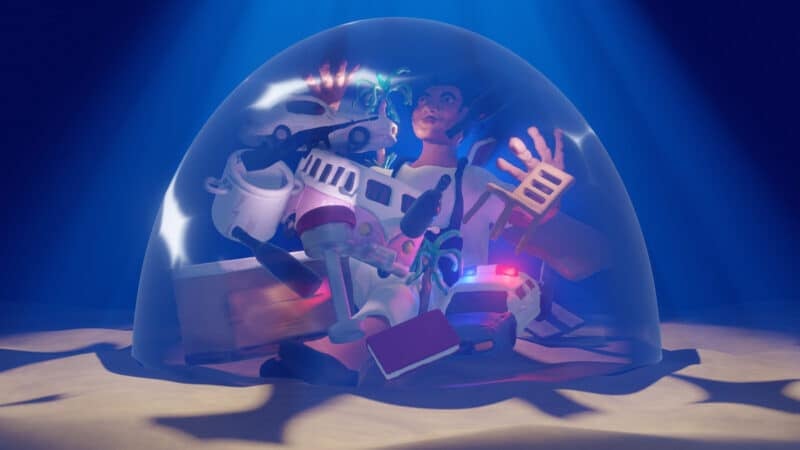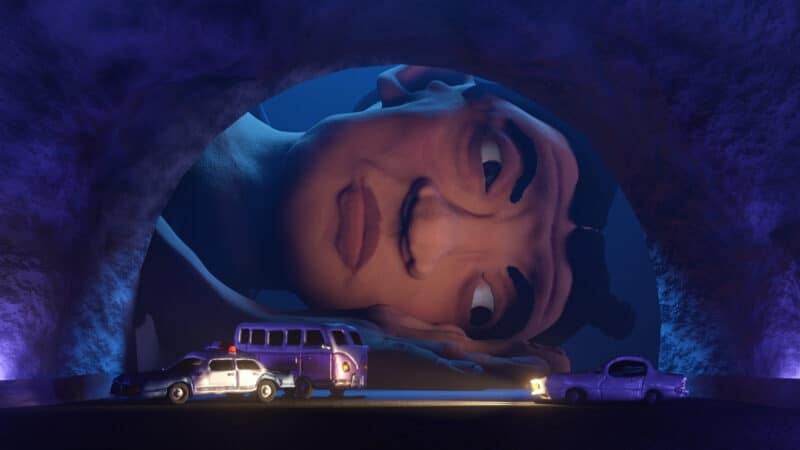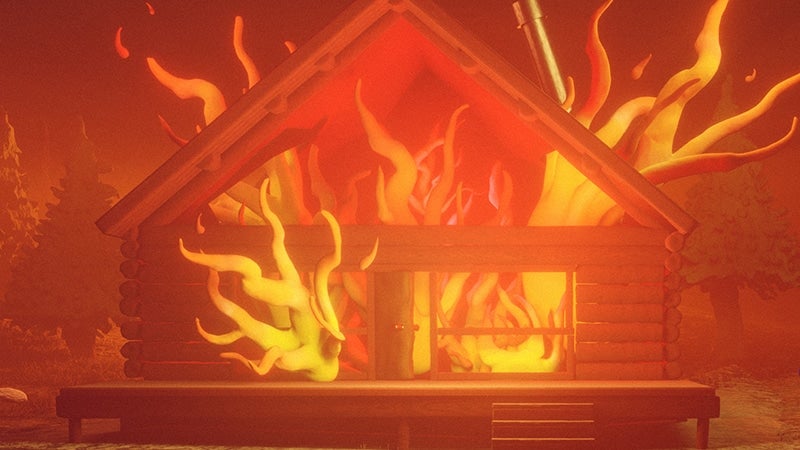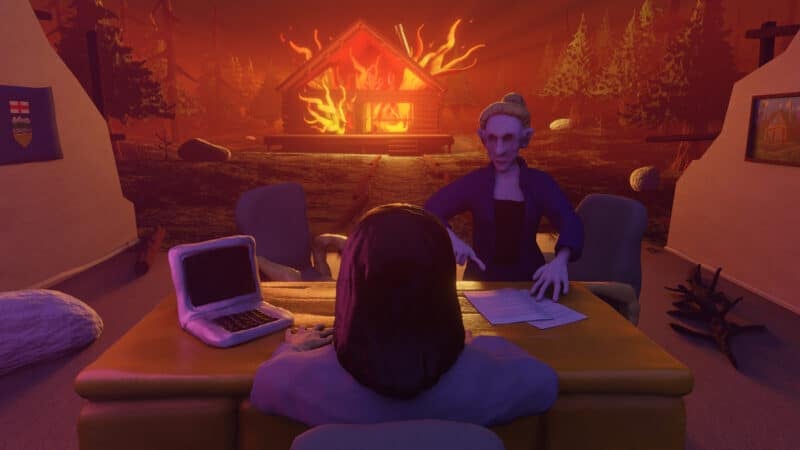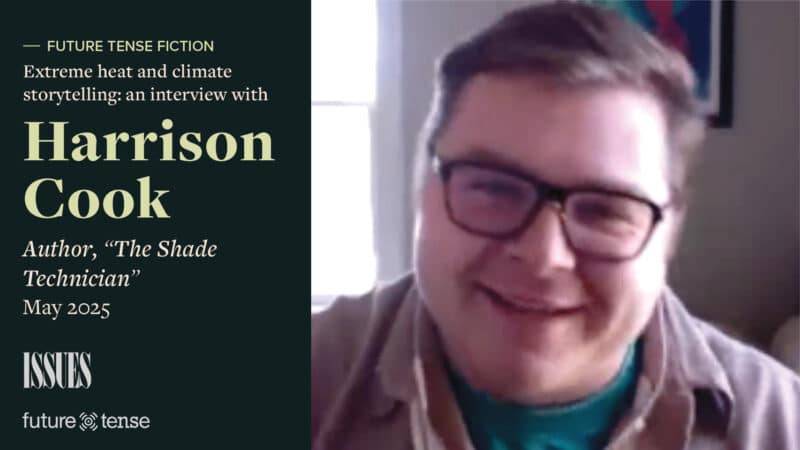When my daughter was about 18 months old, we took her through an abandoned railway tunnel while on a walk. She was fine until we got to a point in the tunnel where neither the entrance nor the exit was visible. She freaked out. The tunnel had played a trick on her, making her believe we were trapped. My daughter’s panic was temporary—but the feeling was relatable. Living through, amid, and in the knowledge of the polycrises that define our world in this moment can feel like living in a tunnel. The world’s woes can weigh heavily on us—mind, body, and spirit—and in many cases, we have lost sight of both how we got here and how we might get out. Given our dangerously warming climate, devastating losses of wildlife, microplastics, air pollution, violence, and increasingly divisive politics, it is not surprising that many people report feeling anxious and overwhelmed. Such feelings are a natural response; even if we are lucky enough not to be directly experiencing catastrophic events, the news about them is ever present on the devices at our fingertips.
Reading Margrét Helgadóttir’s “Tunnel Fever,” the newest Future Tense Fiction story, gave me a visceral sense of the kind of claustrophobia that its central character, Vilde, suffers from. The story is infused with an enormous weight—from the cold ocean pressing down on the domes and tunnels that connect the underworlds where the majority of the world’s population now lives, to the artificial light and recycled air, and the subdued, depressed, anxious, or violent dispositions of many of the characters. There is a cloying atmosphere that builds through the story, much like the experience one might have of traveling through an actual tunnel.
Faced with apocalyptic narratives, the field of view about what is possible or desirable gets restricted.
In our nonfictional world, a similar kind of tunnel vision has taken hold of policymakers, politicians, and citizens collectively over the past several decades. Faced with apocalyptic narratives, the field of view about what is possible or desirable gets restricted. Indeed, the climate crisis is often referred to as a crisis of imagination; when we cannot imagine the world differently, we are prevented from truly seeing how disastrous current ways of doing things are. This is the classic TINA (“there is no alternative”) rhetoric first used by Margaret Thatcher in the United Kingdom in the 1970s, in reference to the liberal capitalist economics she promoted. And so, as the saying goes, it becomes “easier to imagine the end of the world than the end of capitalism.” Or, to give another example, it becomes easier to imagine a world where artificial intelligence infiltrates every aspect of our lives—even substituting friendships—because narratives about such a future abound. When such narratives are not balanced with alternative visions, they funnel us toward particular eventualities and make it harder and harder to imagine that it could be any other way.
In “Tunnel Fever,” most of civilization is pushed underground by “toxic air that had slowly but surely enveloped the planet.” Layered underground cities are connected by a network of tunnels and domes that weave through the ocean. The story’s protagonist, Vilde, works at a “roadside” bar that caters to tunnel travelers. But she dreams of life on a distant, rumored above-ground island. Like this island that Vilde barely dares to dream of visiting, the possibility of an equitable, peaceful, safe, clean, abundant world feels like (and we are often told is) a utopian dream. A sense of resignation permeates the story, leaving me wondering at what point the idea of the underground cities was mooted, and then became likely, and then became inevitable. There is a fine balance to be struck between acknowledging and being rightly horrified by the dire circumstances of the present, so that we can use this as a spark to action, and succumbing to fatalistic narratives about the future that render us apathetic and unable to act. Environmental activists sometimes stray into this territory—take, for example, Extinction Rebellion’s slogan on a banner hung over Westminster Bridge in London in 2018, which read “Climate change” and “We’re fucked.”
People can and do exercise their agency in unexpected ways.
Such declarations do little to cool the climate, both politically and literally. Rather, in narrowing the field of vision about what is possible or likely, they can pave the way for evermore restrictive and dangerous politics. They close down debate at a time when what is desperately needed is space for opening up, imagining, naming, exploring, and creating different futures. Such spaces can help us resist the pull toward the isolation and defensiveness that apocalyptic narratives create—instead bringing citizens together in spaces of respectful dialogue, including disagreement. Just a few years on from the banner drop at Westminster Bridge, Extinction Rebellion must have come to the same conclusion; their tactics during a protest in London in 2021 centered around erecting enormous pink tables in the street with the slogan “Come to the table,” inviting people to come together and talk about climate solutions.
The setting of “Tunnel Fever” seems symbolic in other ways. The story takes place, after all, at a bar positioned at the crossroads of two tunnels, where travelers take a pause before continuing on their way. Perhaps here they might consider their options about which route to take, consult a map, or chat with their fellow travelers. Again, we could read this as a parable for there being many possible pathways and many possible climate futures—ranging from liveable to catastrophic. The Intergovernmental Panel on Climate Change (IPCC) is clear that “every bit of warming, every year, every choice matters,” and as the climate scientist Mike Hulme reminds us, it is never too late to make purposeful interventions. The future is determined by myriad small—and large—decisions and changes that make up the tapestry of society and which are happening every moment of every day.
The etymology of the word “crisis” is helpful in this sense; the word does not (contrary to popular use) mean a disaster, but rather a “vitally important or decisive state of things, a point at which change must come, for better or worse.” As the IPCC has documented, we are at a critical juncture this decade if we want to cut emissions steeply enough to keep warming below 1.5 or 2 degrees Celsius. Just this fact alone can be enough to induce paralysis and apathy, especially because we tend to think of the world changing only incrementally (and too slowly). But as Vilde demonstrates in her own crisis moment in the story, when she distracts the tunnel robbers and averts disaster, people can and do exercise their agency in unexpected ways.
People’s capacity to envision possible, likely, and desirable futures influences policy, governance, and the overall direction of social change.
What would happen to our ideas about the future, and what could we dare to believe is possible, if our paradigms of social change took more seriously the notion that people—and their agency, free will, and intention—matter? Our individual actions might not feel like much, but they make ripples and reverberations that move out into the world in complex ways, mingling and merging with other people’s intentions and actions, adding up to collective impact that we couldn’t have foreseen.
In these particularly feverish times, we need stories about ourselves, the future, and how change happens that can rupture the tunnel vision that besets dominant ideas about both apocalypse and progress. People’s capacity to envision possible, likely, and desirable futures influences policy, governance, and the overall direction of social change. As the author Rebecca Solnit says, “The revolution that counts is the one that takes place in the imagination; many kinds of change issue forth thereafter.”
Tunnel vision is linear; it keeps us moving on a two-dimensional plane—either nostalgically looking back and fleeing from the future or propelled forward by the same vision of techno-utopian capitalism that leaves environmental and social disaster in its wake. If we want to avert the kinds of dystopian futures depicted in “Tunnel Fever,” then we need to bash holes in the tunnel walls with our words, imaginations, art, and actions, to let the light of other ideas flood in and inspire our ways out.
